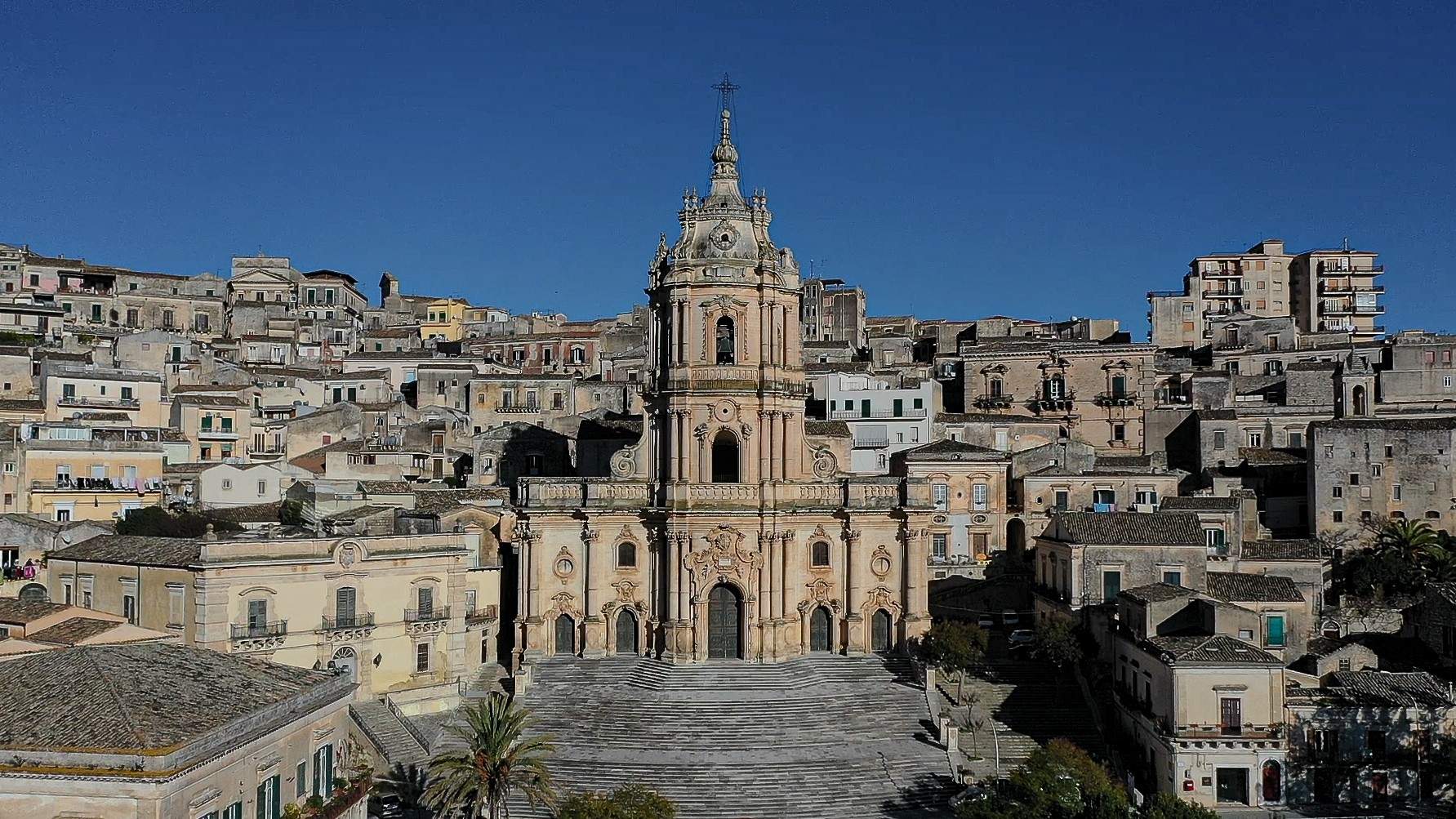FAI - Fondo Ambiente Italiano has announced the names of the 2021 Places of the Heart, or the twenty sites that will be the subject of the enhancement and restoration projects to be funded by FAI and Intesa Sanpaolo in thirteen regions. The tenth edition of Places of the Heart, launched in May 2020 in the week of the restart after the lockdown, achieved its best result ever, with 2,353,932 votes collected.
It starts from Piedmont and Liguria with the Cuneo-Ventimiglia-Nice “Railway of Wonders” (1st place, most voted project ever with 75.586 preferences), included in 2016 by the German magazine Hörzu among the ten most beautiful railway lines in the world: it is an important work of human ingenuity that defies physical limits, as in less than 50 km as the crow flies (96 in linear extension) it overcomes a height difference of 1,000 meters, with 33 tunnels, some of them helical, and 27 bridges and viaducts. Conceived in the mind of Cavour, who in the mid-19th century intended to link Piedmont to Nice, then Savoy, the railway was built starting in 1882 and inaugurated in 1928. Still in Piedmont, theIgnazio Gardella Hospital and Church in Alessandria (5th place, 30,391 votes), an early example of rationalist architecture and the first work of Ignazio Gardella, while in Liguria the tiny village of Monesteroli (38th place, 7.845 votes), in the Cinque Terre National Park, famous because it can be reached only by sea or by a staircase of more than 1,200 steps that descend from the hill above, passing through woods and vineyards and then opening into a vertiginous descent. From Liguria to Lombardy, where Brescia Castle (3rd place, 43,469 votes) wins, a mighty fortress that reflects the city’s history in its layers, and the church of Santa Eufemia (51st place, 6,487 votes) set on one of the hills of the morainic amphitheater of Lake Iseo, decorated with early 16th-century frescoes. In the Veneto region, rejoices the International Temple of the Donor in Valdobbiadene (42nd place, 7,419 votes), the temple, at more than 1,061 meters above sea level, built in 1962 at the behest of a few daring blood donors who wanted to erase the outrage of blood needlessly shed in the area during the wars.
Two sites win in Emilia Romagna: the Giardino degli Angeli in Castel San Pietro Terme (47th place, 6,815 votes), an important urban park in the city, and the Palazzo di Portovecchio in San Martino Spino, near Modena (139th place, 3,020 votes), a complex that housed the hub of the Military Command of the 5th Quadruped Breeding Center from 1883 to 1954, in continuity with the centuries-old local tradition of breeding thoroughbred horses in the semi-wild state. Tuscany is present with the church and museum of San Cassiano di Controne, near Lucca (142nd place,2,955 votes), an important church that has very ancient origins (it is first mentioned in 772). We then move on to the Rio Grande Basin near Amelia, Umbria (29th place, 9.486 votes), a tributary stream of the Tiber that near the town of Amelia encounters two dams (a first upstream dam called the Para that generated the Lago Vecchio and a second downstream dam called the Finestroni from which, having received the inflow of the Macchie ditch with which it forms a further lake basin, it flows into the valley below): a place that was once an important economic resource and today is an environmental, tourist, social and educational resource. There are two sites in Latium, and in Rome to be precise: the 19th-century Forte Aurelia (19th place, 14,863 votes), part of the city’s defensive system built in the 19th century, and the Cortile di San Cosimato (76th place, 4,974 votes), the remains of an ancient monastery.
The journey south begins with Abruzzo, from theHermitage of Sant’Onofrio al Morrone in Sulmona (9th place, 22,442 votes), the site most intimately connected to the story of Pietro da Morrone, who became pope under the name Celestine V, and then continues to Campania, where there are two sites: the Fescina in Quarto di Napoli (34th place, 8.626 votes), a Roman-era burial monument within a larger funerary area, and the Villa Floridiana in Naples (58th place, 6,117 votes), once part of the larger estate that Ferdinand I of Bourbon, king of the two Sicilies, gave to his morganatic wife Lucia Migliaccio di Partanna, who made it her summer residence. In Apulia, the Aqueduct Bridge of Gravina in Puglia (7th place, 25,726 votes), an important arched structure 37 meters high, 90 meters long and 5.5 meters wide that connects the two banks of the Gravina stream, wins. The Temple of Hera of Metapontum (27th place, 10,545 votes) is the only site representing Basilicata: it is the temple built in the 6th century B.C. next to the Bradano, a sacred river and essential in the conception and thought of the Achaeans who founded the city of Metapontion in 773 B.C., as reported by the ancient Greek historian Eusebius of Caesarea. The last three sites are all in Sicily, the only region to have more than two winning projects: they are the Via delle Collegiate in Modica (4th place, 40,521 votes), the rock church of San Nicolò inferiore also in Modica (6th place, 30,226 votes) and the church of Santa Maria Gesù Lo Piano in Polizzi Generosa (13th place, 19,432 votes).
Pictured: the Collegiate Church of San Giorgio in Modica.
 |
| From Monesteroli to the Temple of Hera: here are the FAI Places of the Heart 2021 |
Warning: the translation into English of the original Italian article was created using automatic tools. We undertake to review all articles, but we do not guarantee the total absence of inaccuracies in the translation due to the program. You can find the original by clicking on the ITA button. If you find any mistake,please contact us.